Decorative Comb – (Bastian de Fonseka 1770)
Head ornaments were part of the attire of men of high position such as Mudaliyar, Muhandiram and other officials.
The family has retained to date a comb used by Bastian de Fonseka, Muhandiram (Act of appointment 5-10-1770). The comb made of what is popularly known as ‘Tortoise Shell’, carries his monogram with the year of appointment.
A research article by Mr Anslem de Silva sheds more light on these combs. The head ornaments have been turned out from marine turtle or the upper shell of the hawksbill sea turtle, and not ‘tortoise shells’ as mentioned in literature. The common horseshoe-shaped ‘bent’ head-comb (nemi panawa) and the ‘upright’ comb (kelin panawa) – were worn by men of high position in society or government in the southern or western coastal areas on special occasions until the early 1940s. Some upright combs were expensive as they were ornamented with gold or silver and inlaid with precious gemstones. Sometimes ordinary workers too wore simple bent combs. Referring to archaeological evidence, Mr. de Silva says that there is no proof of the use of head ornaments turned out from turtle scute in Sri Lanka before the Dutch period (1658 to 1796).
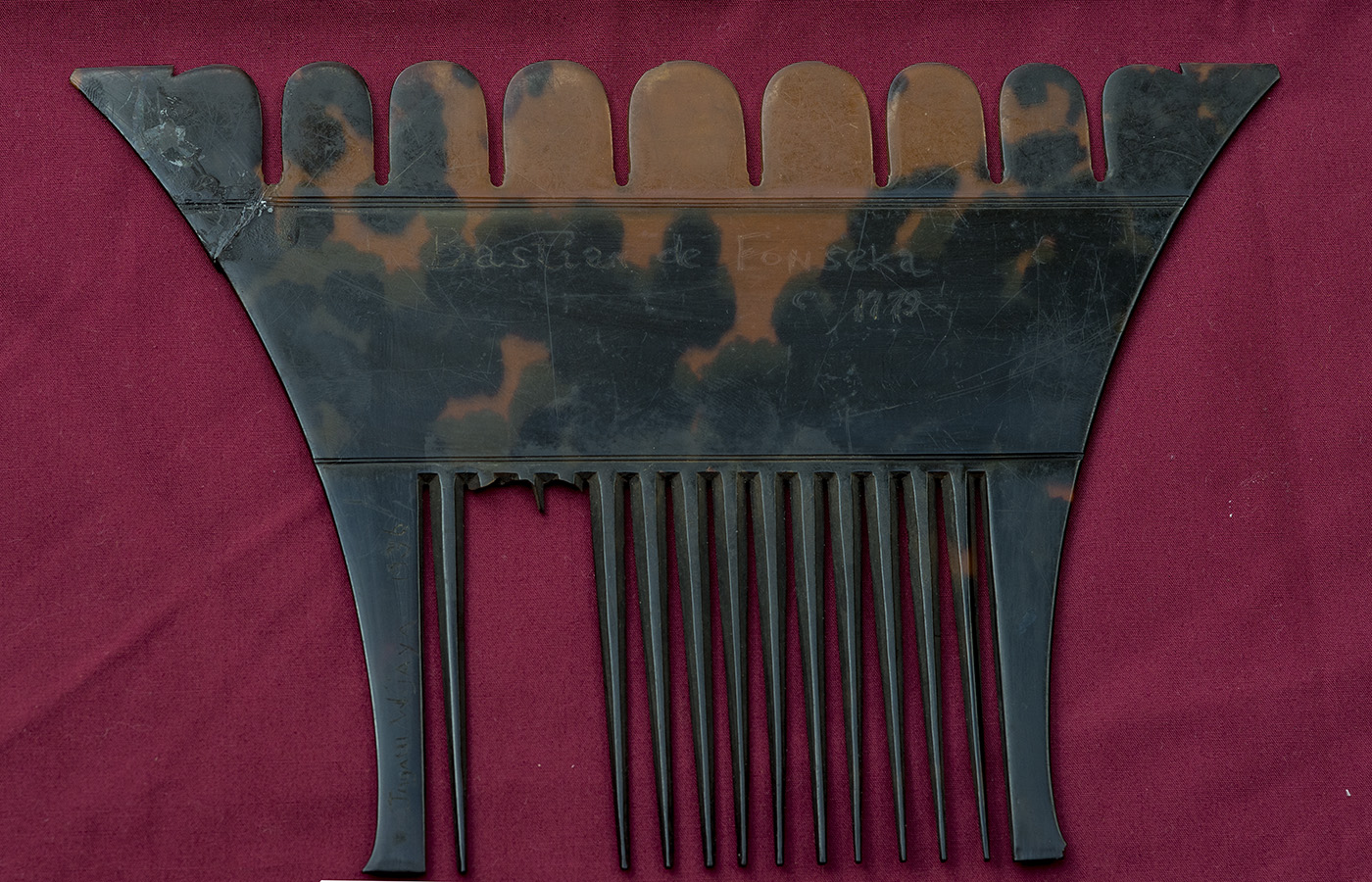 |
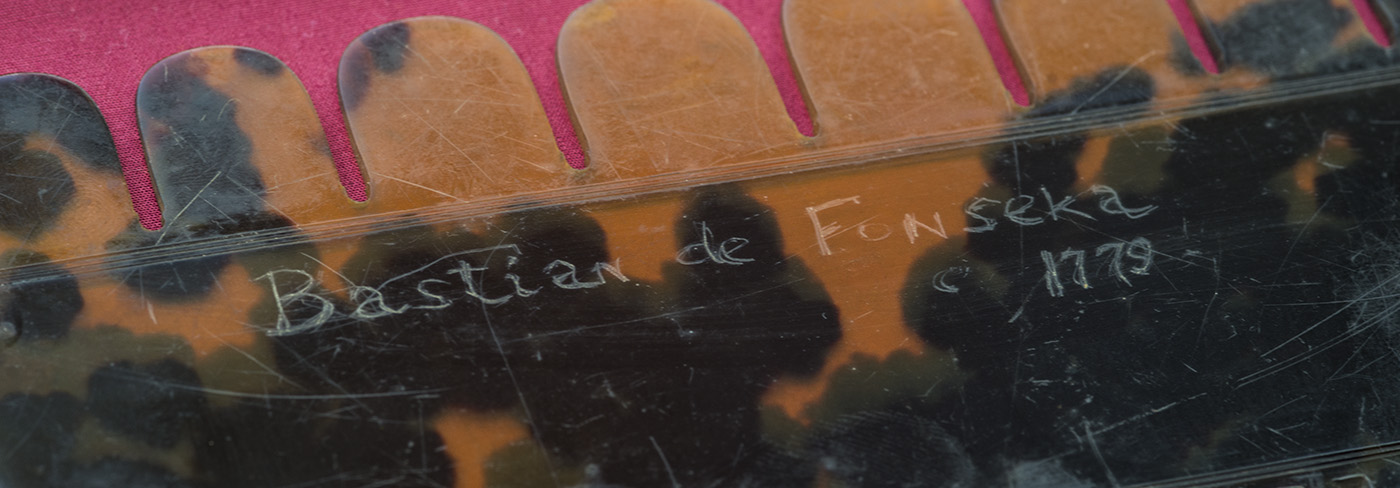 |
Mudaliyar Sash.
Also amongst the collection is a sash worn by Mudaliar Fredrick de Fonseka as part of the ceremonial attire. These intricately worked sashes were worn across the chest and shoulder, and carried the ceremonial sword worn on these occasions.
The images below shows the usage of the sash in the attire of a Mudaliyar, and on extreme right, Mudaliyar Henry Fredrick de Fonseka. The intricate brass work has now oxidized, giving it a dull black look.
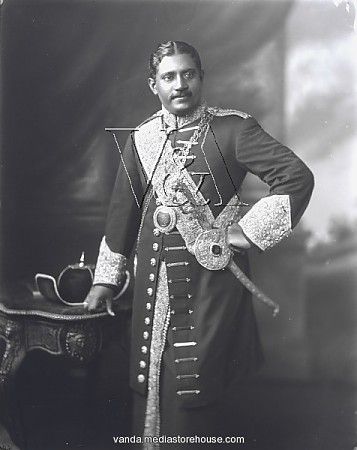 |
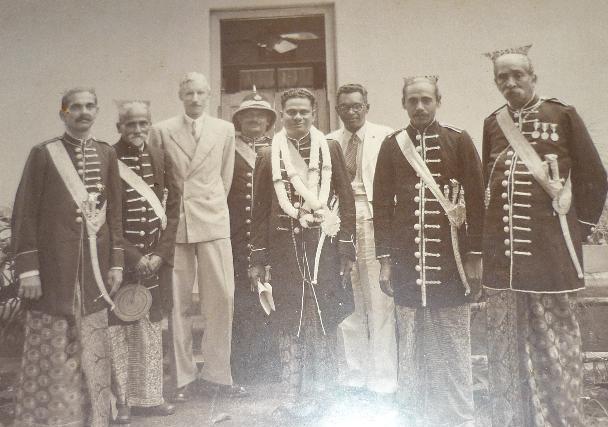 |
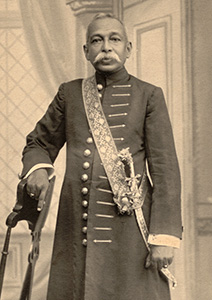 |
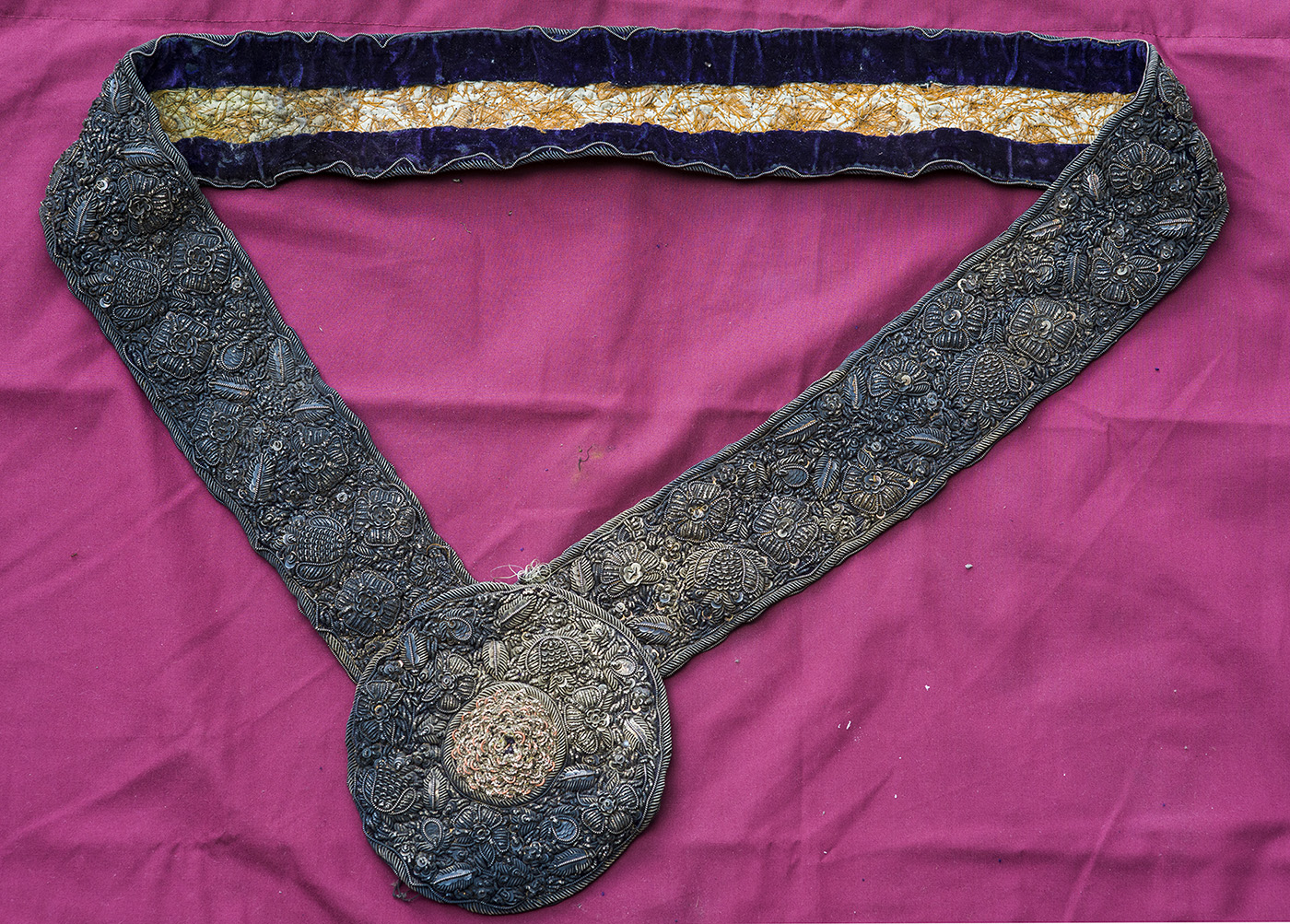 |
Decorative Cigarette Case of Lionel de Fonseka.
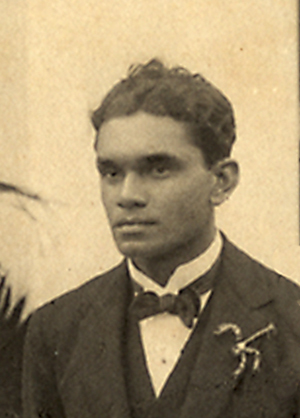 Cigarette smoking was at its fashionable peak in the 1920s and 1930s. Cigarette cases of the time reflected this, and cigarette cases were the smartest smoking accessory one would carry. The art deco period, between the World Wars, was the pinnacle as far as their design goes.
Cigarette smoking was at its fashionable peak in the 1920s and 1930s. Cigarette cases of the time reflected this, and cigarette cases were the smartest smoking accessory one would carry. The art deco period, between the World Wars, was the pinnacle as far as their design goes.
One of the artifacts currently remaining with the family is a gold color, monogrammed, decorative cigarette case belonging to Lionel de Fonseka. Lionel lived and worked in France and Belgium for around a decade, around 1915. He would have acquired this during his time there.
Design of the case consists of machine engraving in the front and back with, a stylized monogram of the initials L de F engraved on a circle.
Engine turning, a form of engraving done by machine, was a popular decorative device on cigarette cases. The uniform, symmetrical patterns it created mimicked hand-engraved decoration from the age of the snuff box and also fitted art deco ideals. Fine materials such as silver and gold were used in some. Design was often restricted to machine turning with, perhaps, a monogram, regimental badge or the insignia of a yacht or golf club as a decorative motif.
Sophisticated and rich smokers of the deco age would turn to France for really decorative cases. Designers such as Dunand and Eileen Grey influenced others to use lacquer as a background for wonderful geometric patterns. Rich textures were also a feature.
 |
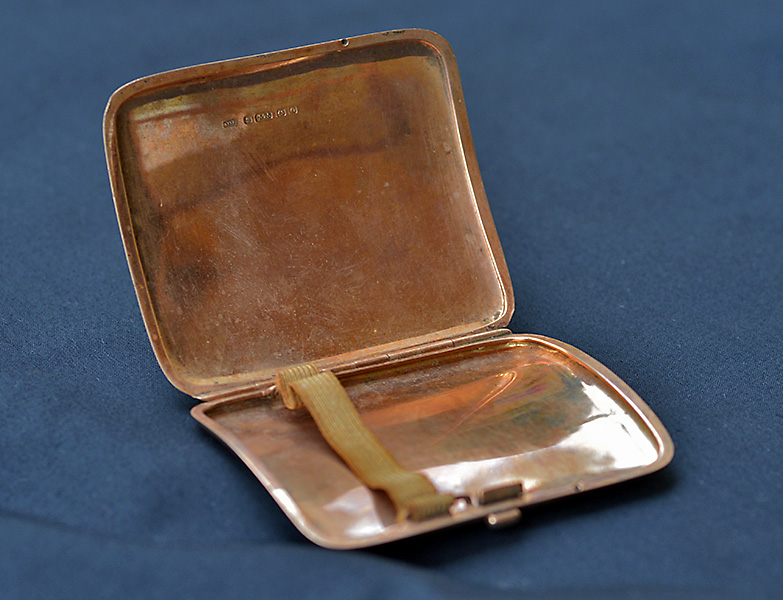 |
 |
Reference:
‘Marine turtle-shell head ornaments of Sri Lanka’, Anslem de Silva , published in the Journal of the Department of Wildlife Conservation.
http://www.sundaytimes.lk/150607/news/when-our-ancestors-turned-heads-152349.html
http://www.antiques-art-collectibles.com/collectible/art_deco_cigarette_case.html